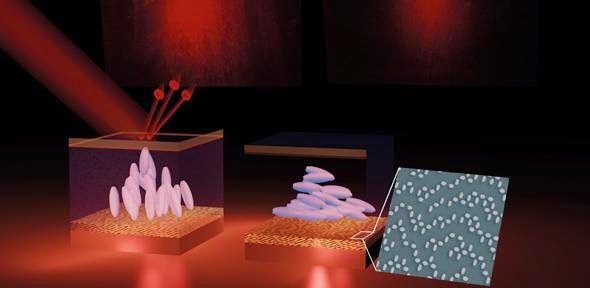Simulator
sickness or simulation sickness is a common phenomenon in virtual reality
games. While playing these games, people sometimes face nausea and vertigo.
These side effects are stopping virtual reality to become a mainstream
technology. However, new findings have come up which could ease this problem.
Simulator sickness is caused by many physiological systems like a person’s
overall sense of position and touch, muscles controlling eye-movements and
liquid-filled tubes in the ear.
Studies have
suggested that simulation sickness is not as severe when fixed visual reference
objects are included in the games, like an airplane’s cockpit or a car’s
dashboard, which are situated within the point of view of the users. Keeping
this finding in mind, the idea of inserting a virtual nose in the VR games,
struck. Researchers from Purdue University found out that this helped in
reducing motion sickness in VR games.
More
information:




